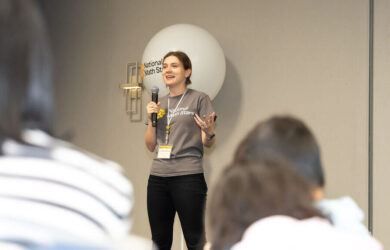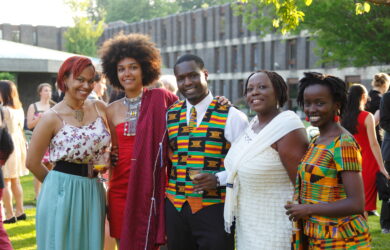Research co-authored by Erica Cao presents a new approach to understanding rhythm perception, based on the ideas of families of rhythms.
Why do songs like “Good King Wenceslas” Christmas carol and the Beatle’s “Yellow Submarine” sound rhythmically similar?
Research just published presents a new approach to understanding rhythm perception, based on the ideas of families of rhythms.
The research, co-authored by Gates Cambridge Scholar Erica Cao and published in the journal Music Perception, is one of the few examples where a computational model has been applied to understanding rhythms. The model, supported by empirical evidence of human responses, draws on the workings of human cognition, instead of strictly mathematical operations.
The research presents a computational method of modelling the similarity of one musical rhythm to another musical rhythm based on “families” of rhythms. It shows that any rhythm can be categorised into a “family” depending on what happens on the downbeat of the rhythm. It is based on the theory that if the same kinds of events (rest, note, or syncopation) happen on the downbeats of two different rhythms, then those two rhythms are said to be in the same family.
The researchers were able to develop a computer programme which categorised the families of rhythms.
Erica [2013], who is finishing an MPhil in Music Studies, says: “Our experimental results showed that indeed, people rated rhythms that were in the same family as more similar than rhythms that weren’t in the same family. Thus, we developed a way to computationally model rhythm similarity. The family theory of rhythm perception is unique because it allows for a computational programme which models how the human mind works, based on working memory. In effect, it is an example of how cognitive science/psychology can be applied to understanding music perception.“












